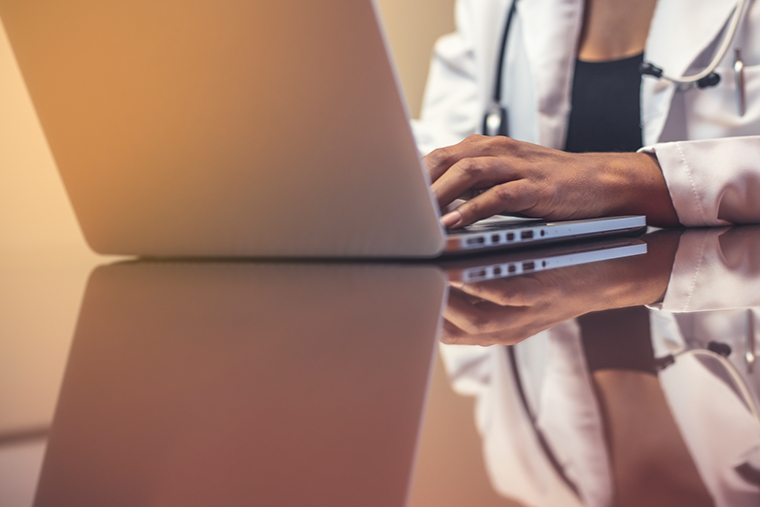(First published in Australian Doctor Magazine - May 2021)
After a year turned upside down by the impact of COVID-19, the latest GP practice benchmark paper by Prosperity Health has revealed some interesting insights.
Now in its sixth year, the study is based on interviews with 46 practices in regional and metro areas, covering issues such as practice growth and performance, staffing, and operating costs.
The headline findings are as follows:
The details are also interesting. Our numbers for 2020 show that the average billings per full-time GP were around $389,000, with the top 20% billing $588,000 per year. This was down from an average of $411,650 the previous year.
A likely factor behind this fall was the transition to a greater number of telehealth consults, which initially at least, had to be bulk-billed. But obviously practices were also dealing with reduced patient demand.
Anecdotally, we found an improvement in performance in terms of patient billings for those practices that were able to adapt quickly and functioned as COVID-19 respiratory clinics, offering testing and consults.
Although the vaccine rollout has been complex and in some senses a struggle given issues with vaccine supply and vaccine hesitancy, we do expect that there will be a similar increase in billing performance for many of the practices now offering vaccination simply as a result of increased appointments.
It’s worth noting that the government is also considering revamping the item descriptors for vaccine consults to deal with the complexity of vaccine-hesitant patients.
We still await details of what that means, but the rumours suggest that it could be additional items based on level B rather than just level A consults.
Harnessing your greatest expense
As expected, our study shows that the wages paid to staff remain the largest expense of the practice.
In a perfect world, the fact that nurses are more involved in patient care should free up doctors’ time to focus on work that has a higher dollar value.
However, this is not a perfect world and practices need to monitor the service fees charged to fund nurse care to make sure the numbers are financially viable.
But when you look at the top 20% of practices in terms of billings, they are (on average) only paying 14% of billings to nurses and administration staff as wages and salaries.
Again, we think this is result of their doctors’ time being freed up to focus on higher-billing work with the costs of nurse time being adequately covered by appropriate service fees.
When the balance is right, the greater revenue allows these practices to invest more heavily in technology to increase billings without increasing the number of staff needed to deliver the same level of service. It can function as a virtuous circle.
Why corporates can be tempting
So what about the pointy numbers of the GP business last year?
Gross profit margin for the surveyed practices averaged 35.9%, according to the Prosperity Health survey.
In absolute dollar terms, gross profit per GP (taking into account owners, contractors and contributing GPs) averaged around $166,000, with higher-performing practices averaging more than $250,000 per GP.
This measure shows how much extra gross profit should be expected to be added to the practice (after the GP takes their fee cut) for every additional GP working in the practice. And it probably explains why the corporates remain hungry for GPs.
The average net profit rate across the industry was 11.30% of patient billings.
Given the risk involved in running a practice and the extra time typically invested by owner doctors, is this return on investments enough? Or is it easier to simply hand a percentage of your billings to someone else?
If you have any questions regarding the above, contact Director of Business Services and Taxation, Brendan Campbell at bcampbell@prosperity.com.au. Alternatively contact your Principal Adviser.
- The number of non-owners reporting no interest in becoming a practice owner increased from 53% in 2017 to 61% in 2020.
- Most GPs thought up to 25% of their postpandemic consults could be via telehealth.
- Seven in 10 GPs reported that their income or revenue in April/May 2020 — the key point for the social lockdowns in Australia — was lower than it had been in the same period the year before. For one in four GPs, their income was much lower.
The details are also interesting. Our numbers for 2020 show that the average billings per full-time GP were around $389,000, with the top 20% billing $588,000 per year. This was down from an average of $411,650 the previous year.
A likely factor behind this fall was the transition to a greater number of telehealth consults, which initially at least, had to be bulk-billed. But obviously practices were also dealing with reduced patient demand.
We have seen year-on-year increases in the percentage of billings paid to nursing and administration staff, with the average now up to 21%.
The average net profit rate across the industry was 11.30% of patient billings.
In our survey, this figure represents the profit available to owner GPs after all operating costs and after allowing for an arm’s-length split of their direct patient fees — calculated at 60-65% of gross fees, depending on the region.
Among the top 20% of practices, net profits averaged 25%.
The answers are not easy, but for many doctors, this remains a fundamental question for the future of the specialty and the extent to which GPs themselves have control over the business of delivering high-quality care.



